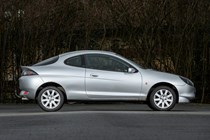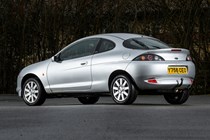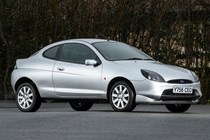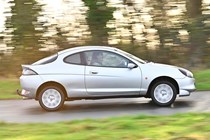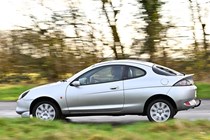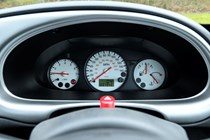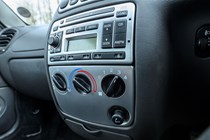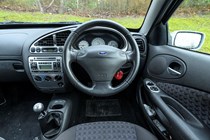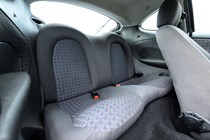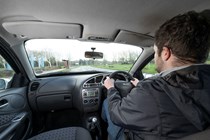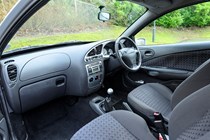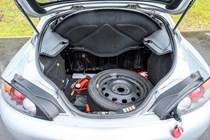Ford Puma Coupe (1997-2002) interior, tech and comfort
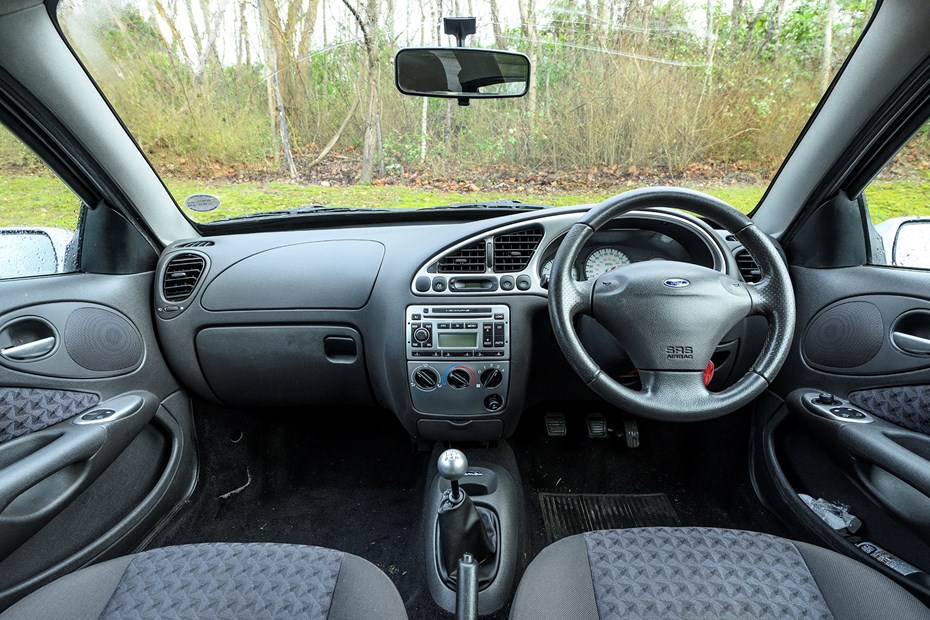
Interior and practicality
The Ford Puma’s interior was neatly finished for its era, sharing much of its architecture and switchgear with the Mk4 Fiesta. While some of the plastics felt a little utilitarian, the overall fit and finish stood up well to age and use. The dash design was clear and functional, and the controls were logically laid out, with chunky buttons that were easy to operate on the move. Higher-spec models added silver trim inserts and upgraded seat fabrics, lending a slightly more premium feel compared with its supermini roots.
The driving position was one of the Puma’s strong points. It felt low-slung and sporty, with a well-positioned gearlever and neatly aligned pedals. The sports seats offered a good balance of support and long-distance comfort, with enough lateral bolstering to hold the driver in place during enthusiastic cornering. That said, larger drivers sometimes found the cabin a bit snug – particularly on longer journeys – as the narrow width and low roofline could make the cockpit feel cramped.
Rear seat space was extremely limited. Getting into the back required some contortion, and once there, adults struggled for both headroom and legroom. Even children could find the rear bench claustrophobic, and for many owners, the rear seats were used more as extra storage than for carrying passengers. This was a coupé that worked best as a two-seater, with the rear bench folded down or left free for bags and coats.
Boot space was modest but usable. While the load bay wasn’t especially deep, it was wide and flat, and folding the rear seats expanded capacity significantly. There was even a handy underfloor storage compartment in the boot – a thoughtful touch that helped maximise space in a compact package. All told, the Puma was never going to rival a conventional hatchback for practicality, but it offered enough flexibility for single drivers or couples.



